The submerging of men in contraptions has been around since early history. Alexander the Great used the concept of a submarine in one of his most strategic battles.
Although Alexander the Great’s device is not what we would consider a submarine today, it was still an impressive feat. There are even early drawings by Leonardo DaVinci that one could say allude to a submarine.
Let’s take a look at the components that make up a submarine, as there are many important parts.
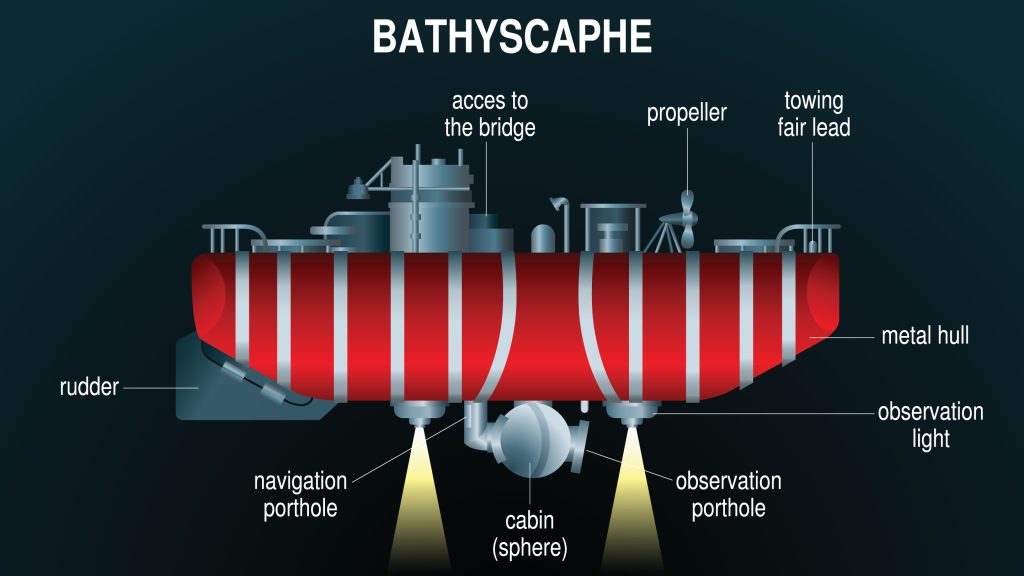
Table of Contents
Prototypes of submarines and their parts
The first real prototype for a submarine, as we know it, was created by William Bourne in England in 1578.
It was a completely enclosed leather-bound boat that could be submerged. Although there were various plans for submersibles or submarines during the Middle Ages, the Englishman William Bourne designed the prototype that modern submarines are based on today.
This completely enclosed leather-covered boat could be submerged and was propelled by rowing beneath the surface.

It had a hand-operated wooden screw and adjustable plungers so that it could be navigated.
The next major change in submarines runs it closer to what we now know. In 1776, the first American military submarine called The Turtle was an acorn-shaped single-man submarine and the first reliable and recognizable by today’s standards, although its propulsion system was similar to a bicycle.
Currently, there are several different kinds of modern submarines. There are diesel submarines, nuclear submarines, both of which tend to be military submarines, and research submarines like Alvin, which is housed at Woods Hole Oceanographic.
Parts of a Submarine
Outer Hull and Pressure Hull
Most Russian submarines have two distinct hulls. Many American submarines only have one. These are called the outer or inner hulls.
Inner Hull or Pressure Hull
The inner hull houses all active areas of the submarine. It is also referred to as the pressure hull.
This is because it is designed to withstand pressures at the maximum operable depths that the submarine is rated for.
Outer Hull
The outer hull is the barrier between the water and the inner hull. It is known as the floodable zone, and it can often contain ballast.
This is the area that allows the submarine to dive and reemerge on the surface.
Sail or Bridge Fin
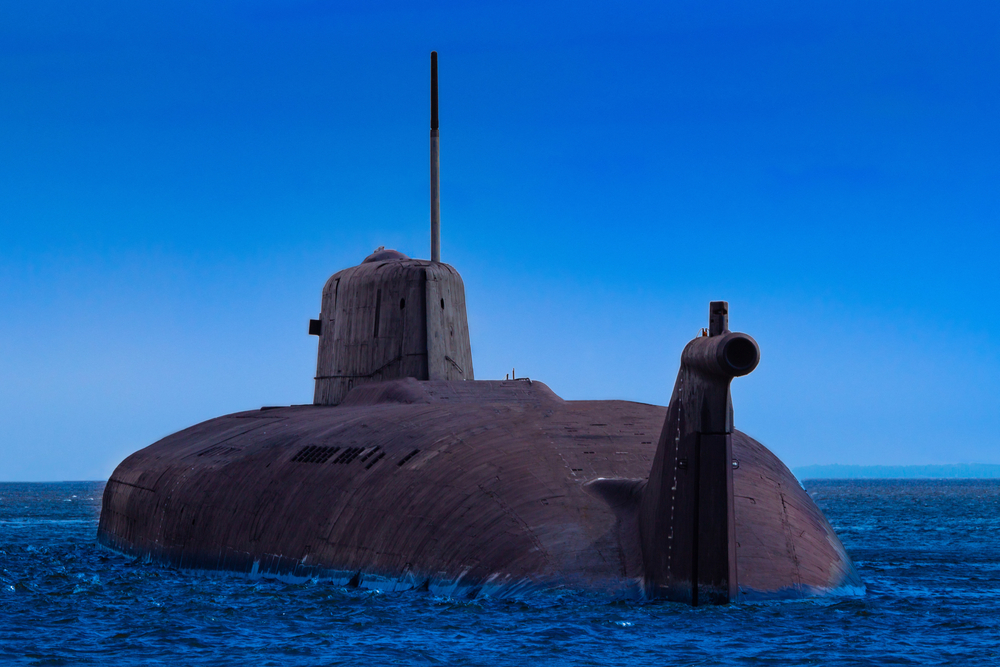
Most people think of a sale as the fluttery white on a sailing ship. However, the sail on a submarine is the first part that sticks out of the water before the rest of the cylinder.
The sail is streamlined shaped. It is a non-pressure-resistant part of the submarine that looms over the outer hull.
There are different masts used in a submarine that emerge from the sail or bridge fin, as needed.
These are raised from the sail when the submarine requires surface monitoring but wishes to remain in stealth mode. These are called the periscope mast, the communications mast, and the radar mast.
Periscope Mast
The original periscope mast was a single rotating, one-person-at-a-time periscope. This is the style that is highlighted in Hollywood movies.
That ability to see above the surface has now been replaced by two, 360-degree rotating photonics masts with high-resolution cameras.
There is no more peering through an eyepiece, although that method was in vogue for over 150 years.
Communications Mast
A communications mast is a fancy antenna. It is raised above the water surface, where an acoustic speaker that is onboard is carefully angled to the surface in a specific manner.
The transmitter then sends multichannel sound signals, similar to an AM radio, which travel as pressure waves.
Thus, communication can be obtained. The level of sophistication depends greatly on the style of the submarine and whether or not it is a military boat.
Radar Mast

The radar mast, when lifted, helps the submarine determine its location, and it is augmented with in-house radar and sonar.
On the surface, what is commonly called “at periscope depth,” submarines have used a variety of methods to fix their position.
Originally, celestial navigation or a sextant was used extensively to discover where the submarine was in a position on the globe.
This was done by using the periscope. This puts a submarine in the position of having to surface at periscope depth often.
However, due to advancements in technology, there are a number of modes of sophisticated navigation.
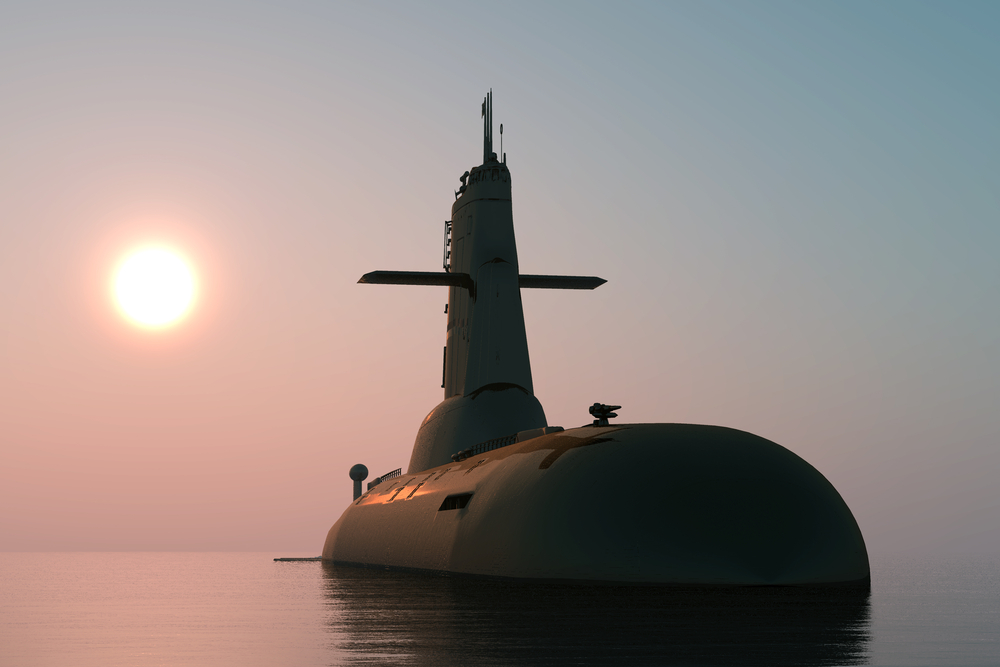
- Satellite navigation can be done using (GPS) global positioning system in conjunction with the radar mast.
- Terrestrial radio-based navigation systems
- Radar navigation using radar signals
- Active sonar, similar to radar
- Voyage Management System which uses digital charts with other external sources fed in, to establish the ship’s position
- Deepwater navigation
- Dead reckoning course information is obtained from the ship’s gyrocompass
Propeller
The function of the propeller or prop or screw is used to move the submarine by creating thrust.
The propeller is located at the rear of the submarine. However, some nuclear submarines use different propulsion systems.

Engine Compartment
Also located in the rear of the submarine is the engine compartment. Its function is to run and regulate the overall movement of the submarine.
In a diesel submarine, this would contain a diesel engine and storage compartments for the fuel.
Nuclear Reactor
In nuclear submarines, this is the “fuel” that drives the boat, and it is generally reserved for military boats.
It functions as an energy source and is the energy that turns the main turbine, that in turn drives the propeller.
It also has a battery-producing electric motor that generates electricity for the submarine crew to use in their living quarters.
The nuclear reactor uses a pressurized water reactor. It is found in the rear of the submarine.
Batteries
Batteries on submarines have a ballast function and store energy. Batteries on an average submarine weigh 25 percent of the gross weight of the submarine itself.
They are often located beneath the crew’s quarters and mess hall.
Crew’s Quarters
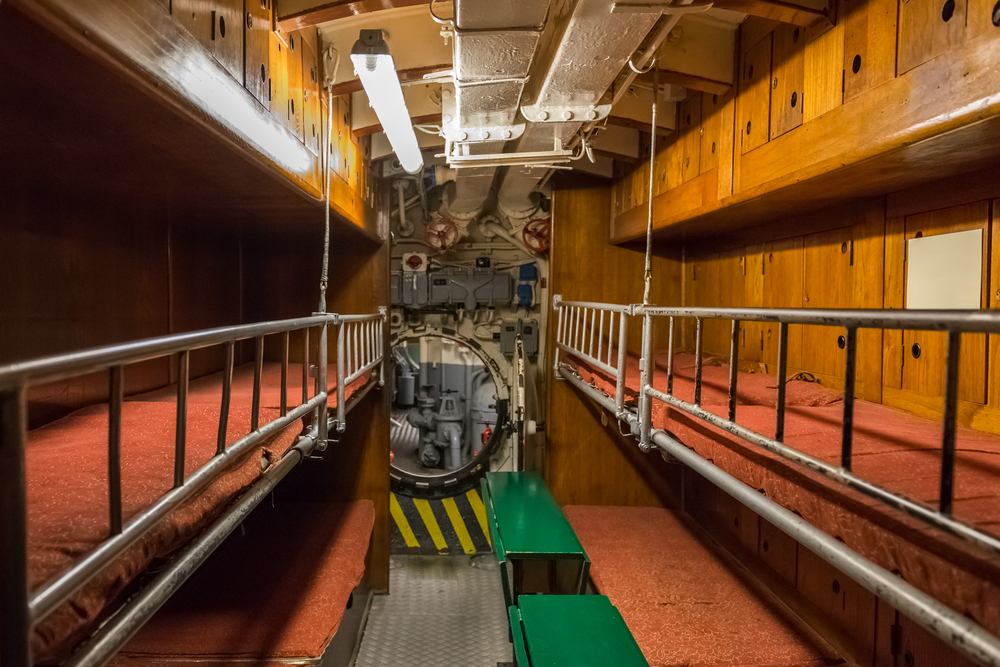
Usually located in the center of the submarine, the crew’s quarters have many purposes. In military and large submarines, they function like a small city.
This is where the living quarters with the crew are it’s where they watch movies conduct off-duty activities, go to the mess hall and have a meal, relax, and do things like laundry and prep.
Torpedo Room
On a military ship, there is a torpedo room that stages the torpedoes and preps them. Additionally, it has a compartment that places the torpedoes in the designated torpedo launch tubes.
This is one of the submarine’s compartments for various kinds of military tools and weaponry.
Torpedo tubes are used to launch torpedoes of various kinds. Torpedo Rooms can only be found on military vessels.
Sonar
The part of the divehead located at the head of the ship is the sonar. Sonar can detect sub-surface crafts, sea depth, fishing, mines, commercial safety, and perform communications at sea.
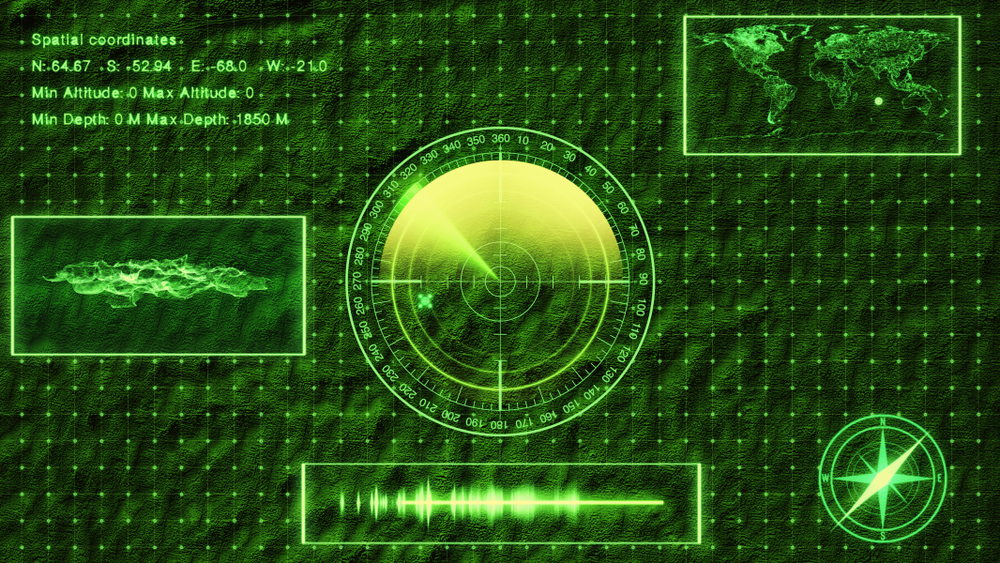
Sonar works by using piezoelectric properties beneath the waterline surface. Sonar receives reflected waves.
Diving Plane
Located at the very top of the submarine, the diving plane is what submarines use to swim and dive and keep equilibrium.
It works by controlling the submarine’s buoyancy. This is commonly referred to as a bubble. Depending on the direction the sub is going, it is referred to as an “up” or a “down” bubble.
The numeric value of the bubble relates to pitch. The bubble is changed to maintain depth and angle of descent.
Periscope and Electronic Monitors
The periscope on the submarine aims to monitor the situation around the submarine. Both the situation when the submarine is on the surface and when the submarine is underwater.
Meanwhile, electronic monitors have a function to display the catch from the periscope to be seen on the monitor to make it easier for viewing the surrounding conditions.
Control Center
The control center is the most vital part of the submarine. The control center is the heart of the submarine, it is the brain that activates anything that is done within the mechanics of the submarine.
It is located on the top floor slightly forward on the sub and has anywhere from one to three chambers inside, given the size complexity and style of the submarine.
Hatch

The hatch functions to protect the cargo from the influence of sea waves that hit the cargo hold.
The hatch is located on the submarine near the tail before the rudder. It is where everything comes on and off the boat.
Boat hatches serve as a barrier to protect equipment from damage from water entering the boat.
Rudders
A series of rudders are located at the very bottom of the tail of the submarine. There are several rudders.
On some submarines, there are additional rudders at other points on the submarine. These function to turn the submarine right and left using a hydroplane effect to adjust the front and rear direction.
Variations
Not all submarines have all these components, and the complexity of the components varies from submarine class to submarine class.
The invention of the submarine has led to man’s ability to go deep below the water’s surface.
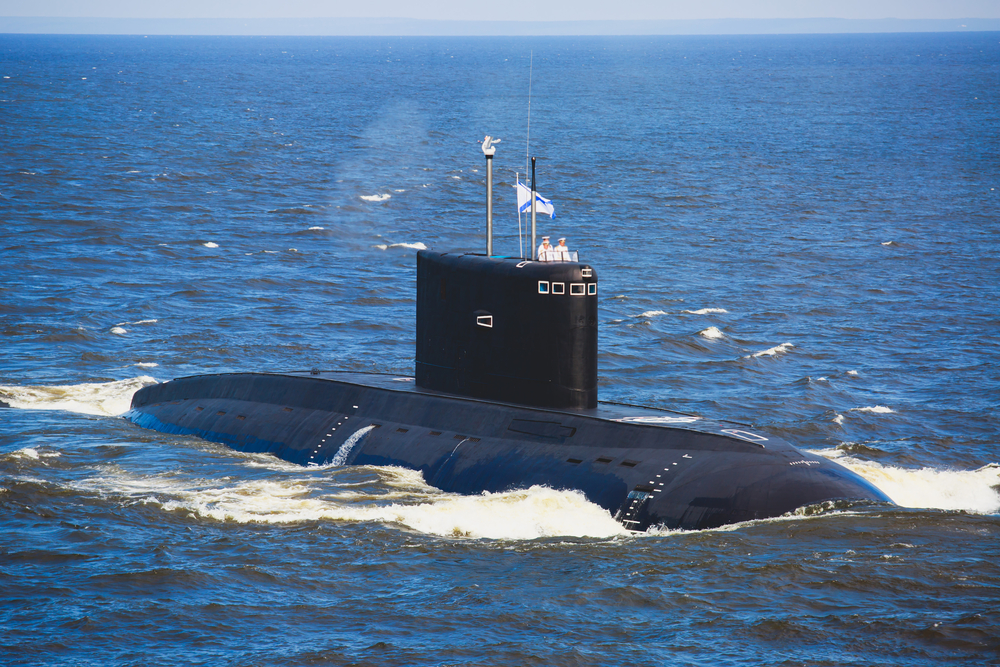
Submarines have advanced both military use and our scientific knowledge of the oceans.

















